
Table of Contents
An unripe avocado could take 3 to 6 days to ripen. With microwaves, you can hasten the process and reduce the wait time from days to minutes by cutting, pitting, piercing the skin, and heating it in a microwave. However, don’t expect the rich buttery, and creamy taste of an avocado that ripened by a natural process.
The above process of ripening avocados in microwaves works best for fruits that are unripe but not far from it. That’s those that are on the verge of becoming ripe. For avocados
that is too hard, they are best ripened uncut in a preheated oven.
An easy way of knowing a ripe avocado is by squeezing it in your palm to see if it yields to pressure. A hard fruit is unripe, one that yields slightly, is ripe, while the one that yields very easily leaving a dent is probably overripe. When heated in a microwave you transform a hard unyielding avocado, within minutes, to a soft fruit that yields and is ready to be eaten.
Can you ripen an avocado in the microwave?
Yes, technically you can ripen an avocado in the microwave but it won’t taste like the ripened fruit. It’s only considered ripe by its softness. What the microwave heat does is to get the fruit to release ethylene gas unnaturally. This gas is what helps matured fruits ripen.1 (source)
After getting ripe, avocados have a short time before they get overripe and eventually bad. For this reason, you’ll be lucky to find ripe avocados in grocery stores. Buying them unripe and waiting for them to ripe naturally, is the norm. Reasons you may want to use a microwave to ripen it may be:
- For the preparation of guacamole or an avocado spread,
- While in the middle of preparation of an avocado dish, it turns out the fruit isn’t ripe or not ripe enough to be part of the menu.
- You just want to eat avocado at the moment and can’t afford to wait for it to ripen naturally.
For dishes like avocado toast or avocado salad, you may want to have them ripen naturally to have that rich creamy taste everyone enjoys. Though avocados are not meant for everyone as detailed in our earlier article.
How to ripen avocado in the microwave, step-by-step.
Either of two things could happen by heating an avocado in a microwave.
1. An explosion: This is due to trapped gases inside the avocado from the heating process. You can prevent this by
- Cutting the fruit into two halves,
- Piercing the skin a few times with a fork,
- Heating with intervals.
2. Softened avocado flesh: This is the usual aim of microwaving the fruit and it’s safely achieved by following the precautions outlined in number 1 above.
The use of microwaves is better on not-too-hard avocado fruits. These are avocados that are close to getting ripe or not ripe enough. Please take the following 9 steps to ripen them in your microwave.
- Wash the fruit with clean water,
- Dry and cut it into two halves longitudinally(from top to bottom),
- Remove the pit for an even distribution of heat while microwaving,
- You may still pierce the skin of each half with a fork though the cutting should prevent an explosion,
- Wrap each half in a microwave-safe plastic or a paper towel,
- Place them in the microwave with the cut surfaces facing up,
- For a microwave of 1,000 watts, set on low power and heat at bursts of about 15 seconds at a time till desired softness is achieved. For one of 700 watts, set on medium power and heat at about 20 seconds bursts.
- Stop microwaving once the fruit is soft enough for use or after about 2 minutes.
- Wait until the heated fruits are cool enough to be handled and run them in their wraps under cold water. Alternatively, you may also immerse them in icy water. The cooling prevents them from getting overripe or softer than you wanted.
The microwave heat makes the fruit release ethylene gas which gets trapped in the wrap thereby accelerating the softening or ripening. (source)2
Do keep in touch by signing up for our newsletter:
How to soften avocado for guacamole.
Microwave, as described above, presents a means to immediately soften an avocado for guacamole and it can be done in under 2 minutes. Microwaving works for an avocado that’s not too hard.
For a very unripe and hard avocado, using a preheated oven is a better option than the microwave. Here is how to get it done in 7 steps:
- Wash the avocado, dry, and pierce the skin a couple of times with a fork,
- Wrap it with aluminum foil,
- Preheat your oven to about 94 degrees Celsius which is approximately 200 degrees Fahrenheit,
- Place the wrapped avocado in the oven and wait for 10 minutes,
- Check for softness at the end of 10 minutes. To do this you may want to use a damp paper towel, a glove, or anything that can protect your hands from getting burnt.
- If the avocado isn’t soft yet, continue with the heating but check for ripeness at intervals of less than 5 minutes. It could take up to an hour to soften this way.
- Once it’s desirably soft, cool the avocado by immersing it in cold or icy water with its wrap. After that, it’s ready for your guacamole.
Final words.
The best way of ripening avocados remains to have them ripen naturally. This, we understand takes quite a couple of days but you can nearly double the speed of the process by simply placing your unripe avocado into an airtight container or paper bag, with a ripe fruit like banana or apple.
The ripe fruit releases ethylene gas which gets trapped in the container where you have your avocado. Ethylene hastens the ripening process so much that an avocado that could’ve taken 5-6 days to ripen may take only 2-3 days.
With this hack, you do end up with a truly ripened avocado with that rich creamy taste or flavor you enjoy in contrast to what you get by microwaving it.

























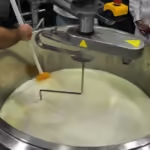


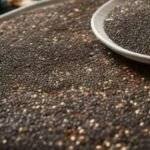










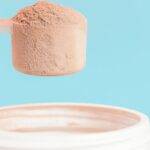


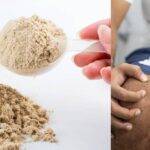












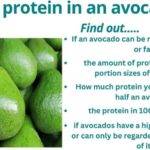




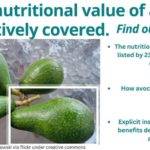
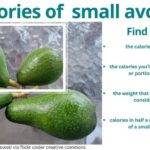
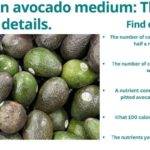
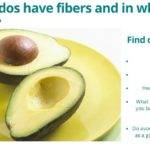


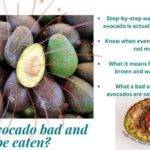
























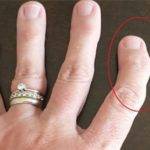





















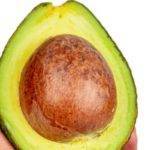














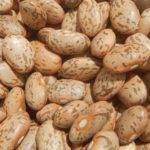
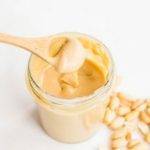





























Having read this I feel it’s very informative. I appreciate you taking the time and effort to put this article together. I once again find myself spending way too much time both reading and commenting but I know it was still worth it!
Hello. splendid job. This is a remarkable. Thanks!